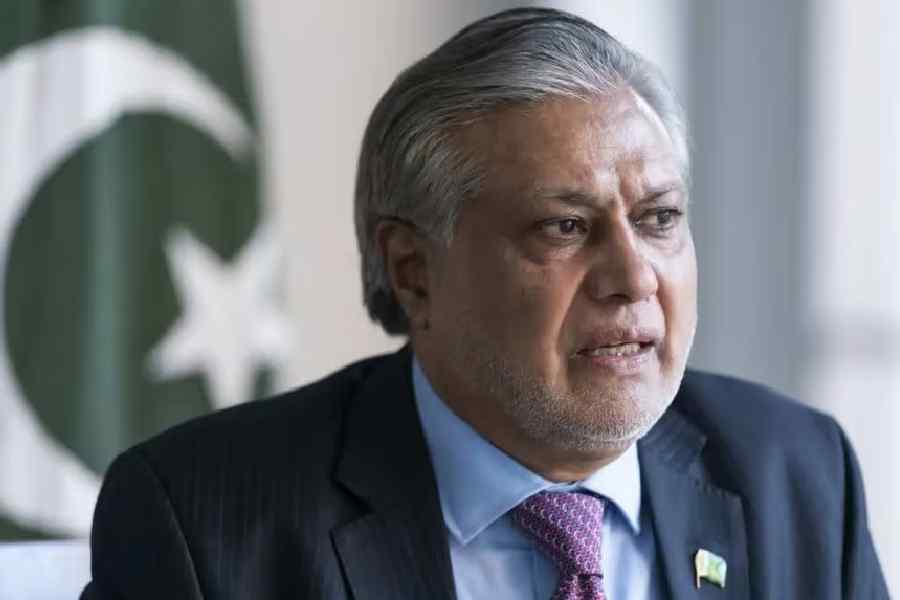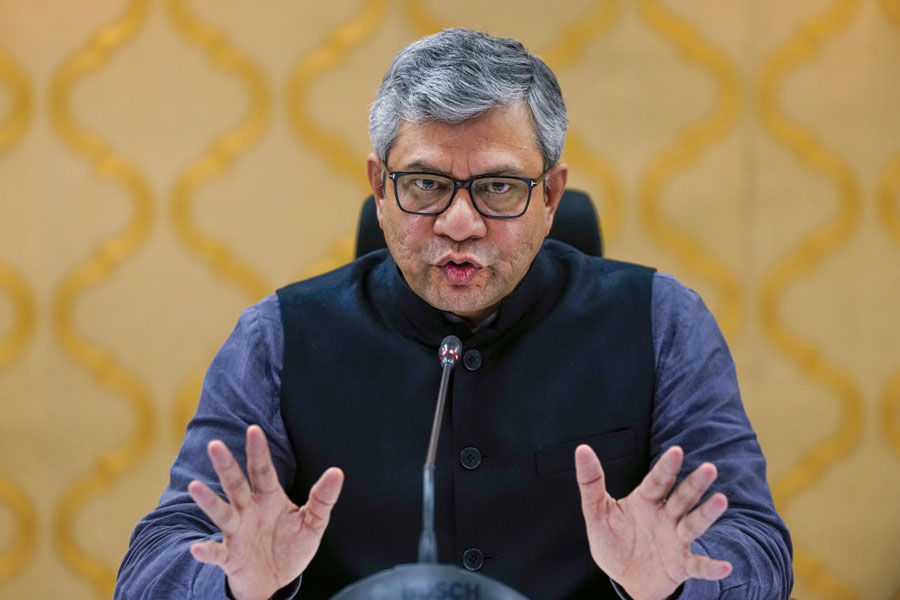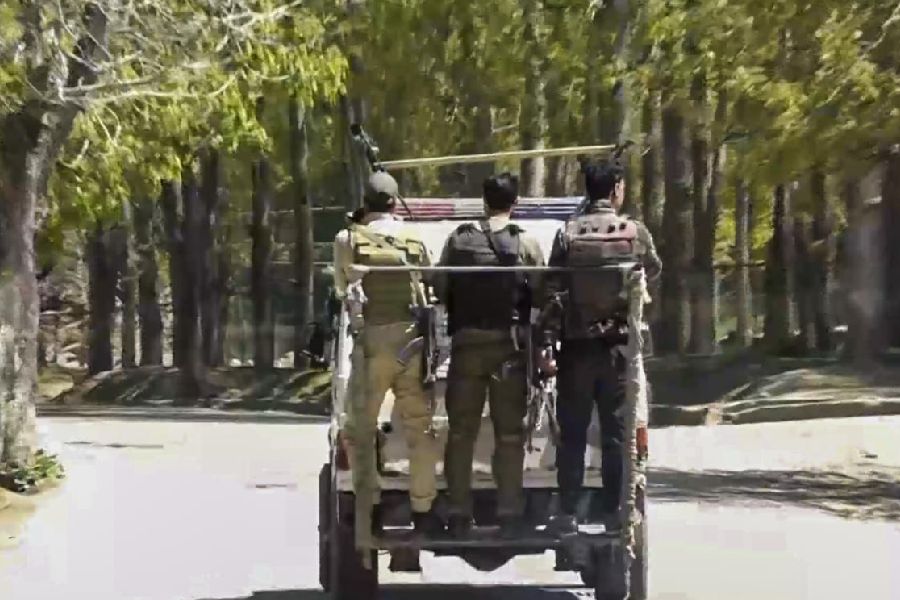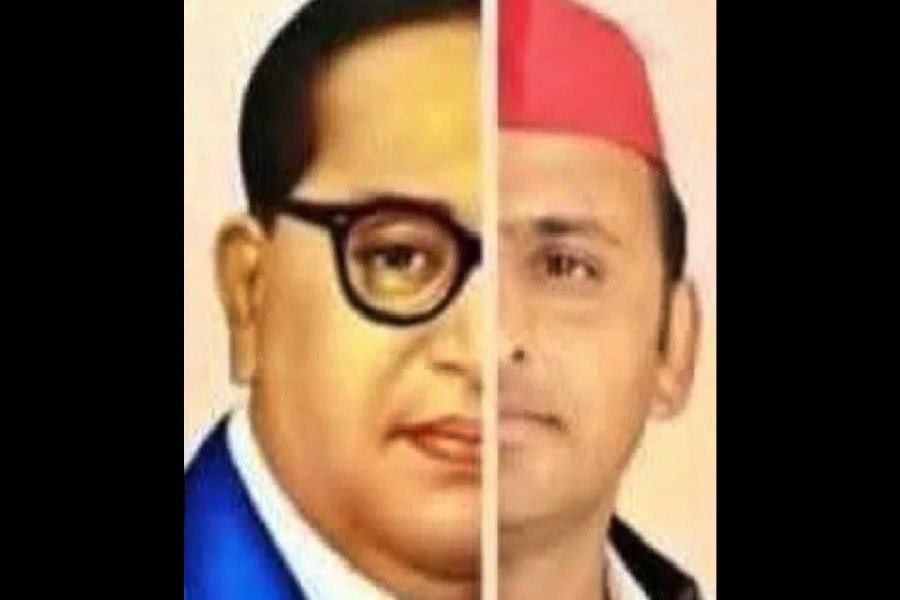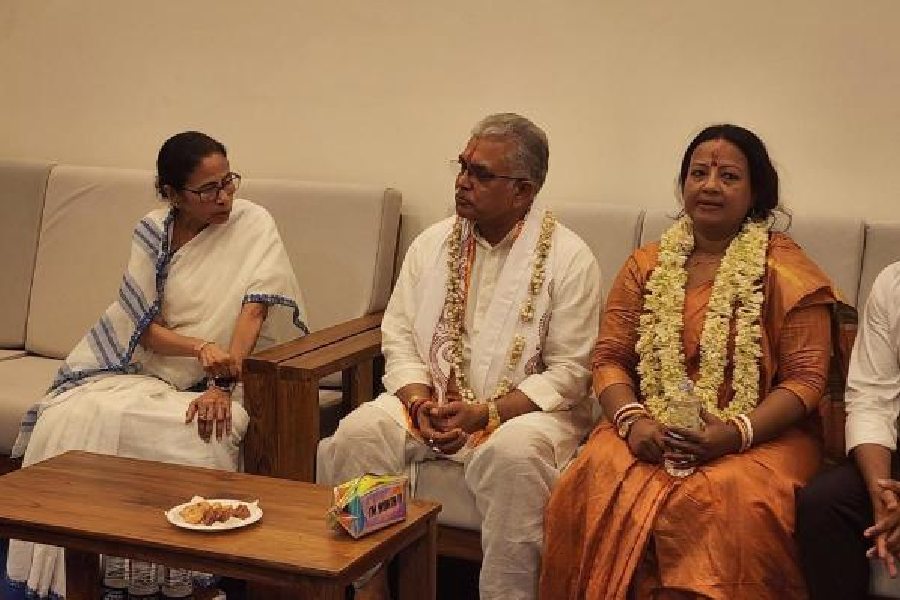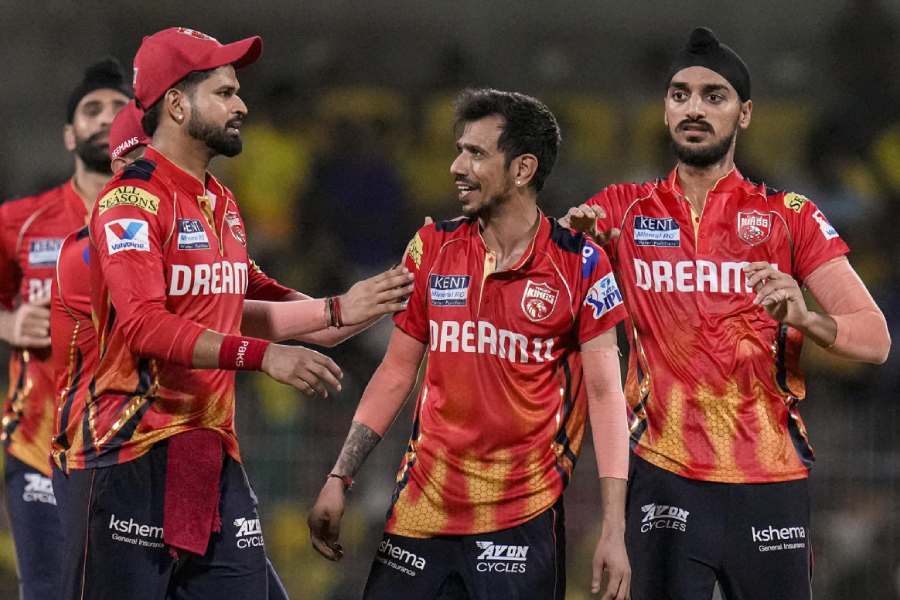
Maidan: An estimated 150 people with diseased organs die every day in India waiting in vain for a transplant. In contrast, only up to 30 transplants take place in the country daily.
The only way the demand can be met, doctors said at a gathering of patients suffering from renal diseases and their relatives on Sunday, is through cadaver organ transplant.
Doctors also spoke about the need for an online registry of prospective organ recipients to be maintained by the government and professional "grief counselling", which involves broaching the topic of organ donation with the family of a person pronounced brain dead.
The 300-odd people in the audience were also given a ready reckoner about cadaver donation. The figures presented highlighted the huge demand-supply mismatch in organ donation in India.
The speakers cited the example of Spain, which sees one cadaver donation for every 32 deaths. In India, it's 0.6 in 10,000 deaths.
The programme, called "Patient Education and Mass Awareness Camp", was organised by an NGO called The Kidney Care Society.
A cadaver is a patient who has suffered a permanent loss of brainstem function, which means he or she cannot breathe on his or her own and is fully dependent on the ventilator. Brainstem death is accepted internationally as legal death, though the heart of such a patient still beats.
Cardiac death happens over time after brainstem death. After cardiac death, blood supply to all the organs stops and they start decaying.
After brainstem death, organs such as lungs, heart, liver, intestine, kidneys and pancreas, as well as the cornea, tendons, valves, skin, bones and even veins can be harvested and transplanted.
In Bengal, 14 institutes have got the licence to carry out cadaveric kidney transplants, while two have the licence for liver transplant.
In 2016, there were six cadaver donations in seven months. In the whole of last year, there was only one.
"The huge demand for organs in India can only be met trough cadaveric transplants and not live donors. The government has a role to play and individual hospitals must have trained transplant counsellors. But it is also important to spread awareness about the issue from before so that it becomes easier for the counsellors to convince the relatives of the patient when a brainstem death occurs," said Pratim Sengupta, transplant physician and nephrologist at Belle Vue Clinic and president of The Kidney Care Society.
Doctors at the seminar stressed that once the family agrees to donate the body of a brainstem dead patient, the process to get the government sanction to retrieve organs must be expedited. "We have seen the whole process takes up to 17-18 hours. This is often a deterrent to cadaveric donations in Bengal. No one wants to wait for that long in their hour of grief," said a doctor.
An online list of prospective organ recipients - available in Tamil Nadu, Gujarat, Delhi and some other states - is the need of the hour. So is appointment of trained "grief counsellors" in hospitals.
"We have a registry of prospective organ recipients and are in the process of making it online," said Aditi Kishore Sarkar, the nodal officer for organ transplant in Bengal, who attended the seminar.
"I will tell my family that it is my wish they donate my organs if I suffer brainstem death. I'll make photocopies of the leaflet on cadaver donation and distribute them among students," said Sanjukta Chandra, who attended the seminar with her husband.


